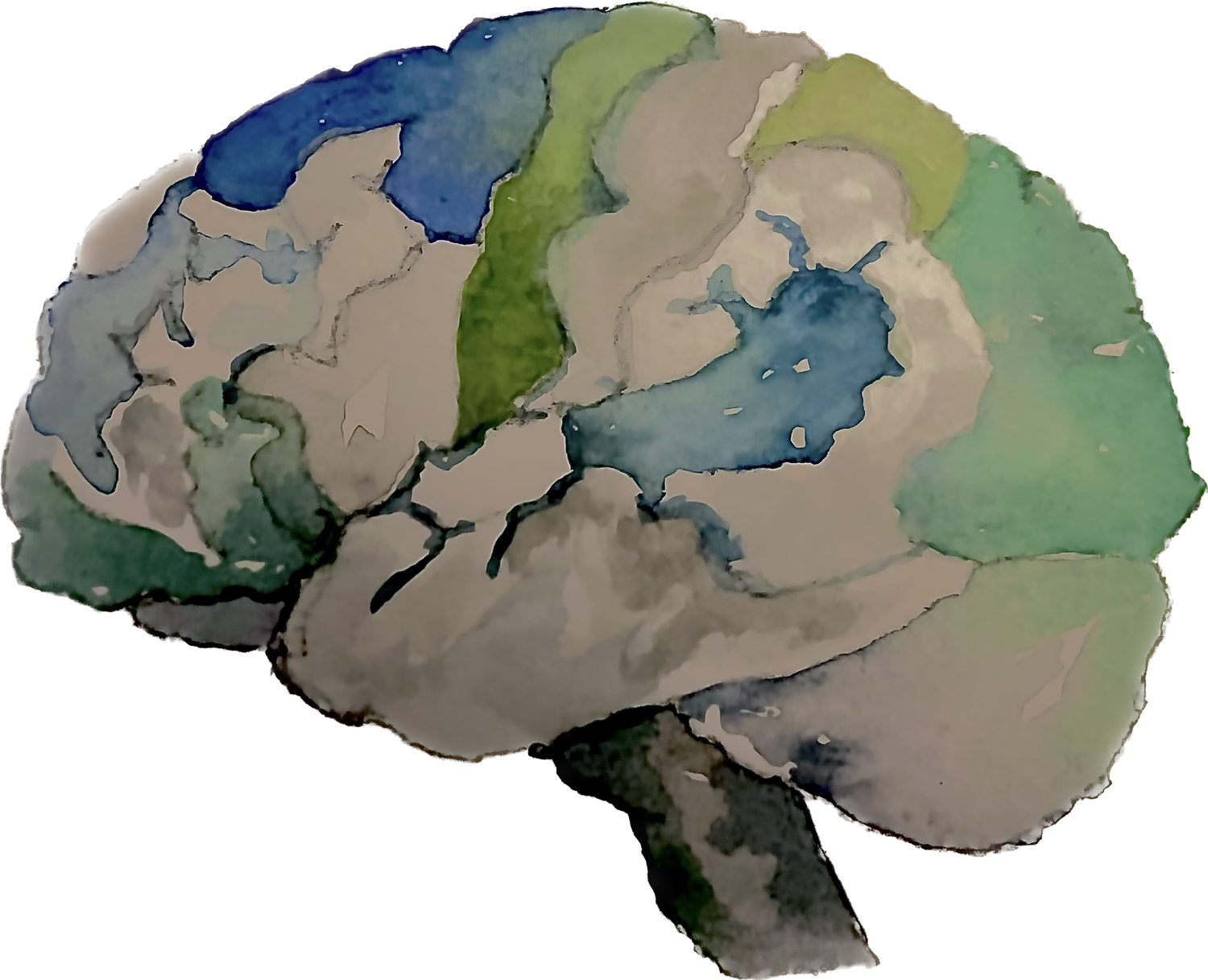Projects
Quiet Mutations
There are many genetic mutations that are directly linked to human disease. New technologies can detect and even correct these harmful mutations in some cases. The study of human disease usually focuses genes that increase risk for specific diseases like Alzheimer’s disease, Parkinson’s disease, or certain cancers.
Our approach is a bit different. We are studying genes that may amplify the severity, delay recovery, or speed up the onset on disease. For example, in some injuries like concussion, some mutations in these genes may worsen the outcome or slow down recovery. On the other hand, there are also genetic mutations that do the opposite! We are working on genes that not only amplify disease or response to injury, but also improve recovery, lessen severity, and slow the onset of illness.
Quiet mutations in gene sequences that under normal circumstances may not cause disease. However, in the presence of disease or injury, these mutations may increase the risk for neurodegeneration or convey greater resilience for favorable outcome.
Putting the PINCH on Brain Cancer Therapy Resistance
Glioma cancers derived from astrocytes in the brain and account for 80% of all brain cancers, and approximately 30% of central nervous system (CNS) tumors. Glioblastoma multiforme (GBM) is the most common and unfortunately the most aggressive glioma cancer type. Despite treatment efforts including surgery, radiation, and chemotherapy, essentially all low-grade gliomas progress to GBM without entire surgical resection. Complete surgical removal is usually impossible, and the recurrence rate of GBM is almost 100% after 9 months with a median survival of approximately 15 months. This poor prognosis is due to its high capacity for invasion and resistance to therapy.
Improved therapeutic approaches are needed to decrease recurrence and prevent progression of astrocytoma into GBM. We are investigating potential mechanisms of a protein called PINCH as a potential adjuvant therapy to supplement current treatment options. PINCH protein is highly expressed during development for cytoskeletal organization, cell migration, extracellular matrix and focal adhesion interactions and cell survival. After birth however, PINCH is nearly undetectable in healthy cells, but is robustly recalled in cancer cells. Even though many studies have shown that PINCH is associated with cancer, little is known about mechanistic and signaling pathways through which PINCH contributes to the development, resistance to therapy and recurrence of GBM. Dr. Álvaro Blanco Garcia is studying how regulating PINCH protein expression and post-translational modifications of PINCH can increase GBM sensitivity to therapy.
HIV-1 Infection: Virus and Host Wrestle for control of SUMOylation
We are exploring strategies to target epigenetic pathways for achieving sustained HIV remission and treatment of HIV associated-central nervous system (CNS) dysfunction. The conjugation of small ubiquitin-SUMO proteins to substrates is a well-described post-translational modification that regulates protein activity, subcellular localization, and protein-protein interactions for various downstream activities. SUMO proteins are also important in anti-viral immunity, opposing viral replication and mediating interferon-dependent anti-viral mechanisms. Thus, pathogens have evolved to exploit the host SUMOylation machinery to ensure viral persistence and pathogenesis. During infection, the human immunodeficiency virus type 1 (HIV-1) manipulates the host SUMOylation machinery to ensure its viral replication in CD4+ T cells, however, whether HIV-1 manipulates the SUMO paralogs to control its replication and/or latency in glial cells like microglia is unclear. Microglia are the main HIV-1 target cells in the CNS and constitute an important reservoir for viral pathogenesis. In microglial cells, the co-repressor COUP-TF interacting protein 2 (CTIP2) recruits a multi-enzymatic chromatin-modifying complex and establishes a heterochromatic environment at the HIV-1 promoter, leading to HIV-1 silencing. Studies have shown that post-translational modifications (PTMs), including phosphorylation and SUMOylation, mediate CTIP2’s interactions with other proteins and complexes. Similarly, tripartite motif-containing protein 28 (TRIM28), a known SUMO E3 ligase, associates with CTIP2 in the heterochromatin complex to inhibit HIV-1 viral replication. While SUMOylation and phosphorylation have been implicated in regulating the activity of CTIP2 and TRIM28 in the context of T-cell signaling events and immune responses, respectively, the impact of PTMs in the initiation and establishment of HIV-1 latency in microglia remains unknown. To this end, we hypothesize that the host SUMOylation system is impaired during productive HIV-1 infection in microglia and that latency is established because of the restoration of SUMOylation of host proteins. We are using immortalized human microglial cell lines and inducible pluripotent stem cells (iPSCs), including a novel model of HIV-1 latency. We are working to identify the SUMO-modified proteome of human microglial cells during human HIV-1 infection.
Brain Metabolism: HIV, Anti-retrovirals and Cocaine
Disturbances in lipid and cholesterol homeostasis are documented in the brains of people with HIV (PWH) and in individuals who use cocaine. In addition, some drugs included in antiretroviral therapy (ART) regimens have been reported to contribution to dyslipidemia in peripheral systems, but the effects on CNS are unknown. Numerous studies report that cocaine use worsens certain aspects of HIV-associated neurocognitive disorders (HAND) that can manifest as CNS cellular energy deficit. In fact, PWH who take ART and use cocaine have enhanced mitochondrial dysfunction and disrupted energy metabolism, but the effects on CNS lipid processing not understood. Oxidative metabolism is the main pathway by which the brain acquires energy, however data from numerous studies report a switch to -oxidation of fatty acids (FAs) in response to cocaine use and HIV infection. Tight metabolic coupling between astrocytes and neurons is required to maintain metabolic homeostasis and increased levels of ROS in the brain induces peroxidation of FA in neurons. Neurons are highly sensitive to toxic peroxidated FA (pFA) and unlike astrocytes, neuronal mitochondria are unable to efficiently consume FAs as an energy source. Astrocytes, however, can endocytose the pFA for mitochondrial -oxidation. Disruption of this tightly coordinated coupling to metabolize FAs likely contributes to the increased astrocytic energy metabolism and neuronal energy deficit reported during detrimental synergy between HIV infection and cocaine use. Since numerous studies show that cocaine 1) alters CNS lipidomics, 2) increases BBB permeability, and 3) regulates astrocytes’ anti-viral and neuroinflammatory responses to HIV-1, we are investigating if cocaine use in HIV infection in the presence of ART disrupts pathways important in astrocyte/neuron FA metabolic coupling leading to impaired lipid homeostasis in the brain. We are also dissecting mechanisms involved and explore approaches to inhibit impaired lipid homeostasis in the brains of PWH on ART who use cocaine. We are using human inducible pluripotent stems cells to derive astrocytes and neurons, and HIV-infected monocyte-derived macrophages to investigate these questions. These studies will open the door for efforts directed towards the design of new therapeutics that enhance cholesterol and lactate bioavailability for neurons by balancing citrate levels in the mitochondria and cytosol of astrocytes.



